Snake Creek
Exploring History at the Snake Creek Armament Depot
Visiting the Snake Creek Armament Depot was like stepping back into a critical chapter of Australia’s WWII history. Tucked away in the bush near Adelaide River, this vast complex was once one of the largest fixed installations in the Northern Territory during the war.
Walking through the site, we were amazed by its scale. The depot was built with a 2.85 km rail loop, a road network, and an ammunition storage area capable of holding 3,500 tons of high explosives. The design included sixty-nine structures, some dug into the hill slopes and others entirely above ground. Seeing these structures today, many still intact, gave us a real sense of the enormous effort involved in building and maintaining the facility.
The ingenuity behind the depot was impressive. The entire complex was carefully camouflaged to avoid aerial detection, blending seamlessly into the surrounding landscape. Standing there, it was easy to see how it could have remained hidden.
We explored the remnants of the testing and transport facilities, imagining the activity that must have filled this place during the war. The rail tracks and storage buildings hinted at the depot’s critical role in Australia’s wartime strategy.
For history buffs or anyone curious about Australia’s WWII heritage, Snake Creek Armament Depot is a fascinating place to visit. Its size, design, and historical significance make it a compelling stop for those exploring the Top End. Just be prepared for a bit of bushwalking to uncover its secrets, and remember, it’s all part of the adventure.
If you're coming from Adelaide River, finding the Snake Creek Armament Depot is a straightforward detour. Head North on the Stuart Highway for a short distance and turn left onto Coach road, when the road splits veer to the right and follow the road that will run parallel to the highway and become a dirt road before a left turn. continue about 500m and you’ll reach the old World War II site, nestled quietly in the bush. The track is accessible in dry weather, and the ruins are well worth the stop if you’re curious about the Top End’s military past.
Exploring the unbeaten paths of Australia, one adventure at a time! 🌿 Follow along as we uncover hidden gems, tackle rugged terrains, and embrace the thrill of exploring offbeat destinations. 🚙💨
Snake Creek, NT: Exploring the WWII Armament Depot
We rolled into the bush north of Adelaide River, thinking Snake Creek would be just a quick historical footnote. But as we wandered through the overgrown tracks, old rail loops, and camouflaged bunkers, we realised this place is a hushed gateway into Australia’s wartime past.
What is the Snake Creek Armament Depot?
During World War II, Snake Creek became one of the Northern Territory’s key armament depots. Built with a 2.85 km rail loop, extensive service roads, and ammunition storage carved into hillsides, it was designed for both scale and secrecy. At its peak, the depot could hold thousands of tonnes of munitions and was linked directly to the Adelaide River railhead.
Today, much of the infrastructure remains—weathered, overgrown, but unmistakably tied to its wartime role. Walking through, you can still sense the scale of the operations and the need for camouflage and concealment in the Top End bush.
Getting There & Accessibility
From Adelaide River, head north on the Stuart Highway and turn left onto Coach Road. When the road splits, veer right and follow the track parallel to the highway. After about 500m, keep left and you’ll reach the depot entrance.
The track is accessible in the dry season, though a high-clearance or 4WD vehicle is recommended. After heavy rain, the road can become boggy or impassable. Watch out for loose gravel and soft edges, and take it slow as wildlife often crosses at dusk.
What to See & Explore
The rail loop: trace the path of the 2.85 km line that once carried trains directly into the depot.
Ammunition bunkers: some dug into the hills, others camouflaged with earth and bush cover.
Service roads: silent now, but once buzzing with trucks and convoys.
Bush-covered ruins: look carefully for crumbling walls, drainage channels, and rusted fittings.
Bring a torch if you plan to peer into bunkers or culverts. The bush has reclaimed parts of the site, so sturdy shoes are a must.
When to Visit
The best time to visit is May to September, when roads are dry and temperatures are milder. In the wet season, flooding and mud make the site difficult—and sometimes impossible—to reach.
Take water, insect repellent, and sun protection. There’s no shade once you’re out among the ruins, and no facilities on site.
Final Reflections
Snake Creek isn’t polished, signed, or packaged up for visitors—and that’s part of its appeal. Standing in the silence, surrounded by rust and bushland, it’s easy to picture the urgency of wartime Australia and the people who worked here. For us, it was a quiet but powerful stop that lingered long afterwards.
Fast Facts
Location: Snake Creek, near Adelaide River, Northern Territory
Distance from Darwin: 115 km south via Stuart Highway (A87)
Traditional Owners: Warray and Kungarakan peoples
Access: Fully sealed highway, suitable for all vehicles and motorhomes
Facilities: Interpretive signage, picnic area, nearby camping at Adelaide River
Dog Friendly: Allowed on leash within the day-use area; not permitted inside heritage structures
Walking Track: Short self-guided walk through the former WWII camp ruins
Best Time to Visit: May to September for dry, comfortable weather and clear access
Things That Could Kill You (Probably Won’t)
Snakes: Yes, the name’s not a metaphor.
Mosquitoes: Small but strategic — they know when you’re about to sleep.
Heatstroke: Happens faster than a mozzie lands. Keep the water handy.
Love finding quiet history and hidden places like Snake Creek? Join our newsletter and travel with us—stories, maps, and motorhome detours delivered straight to your inbox. Subscribe here.







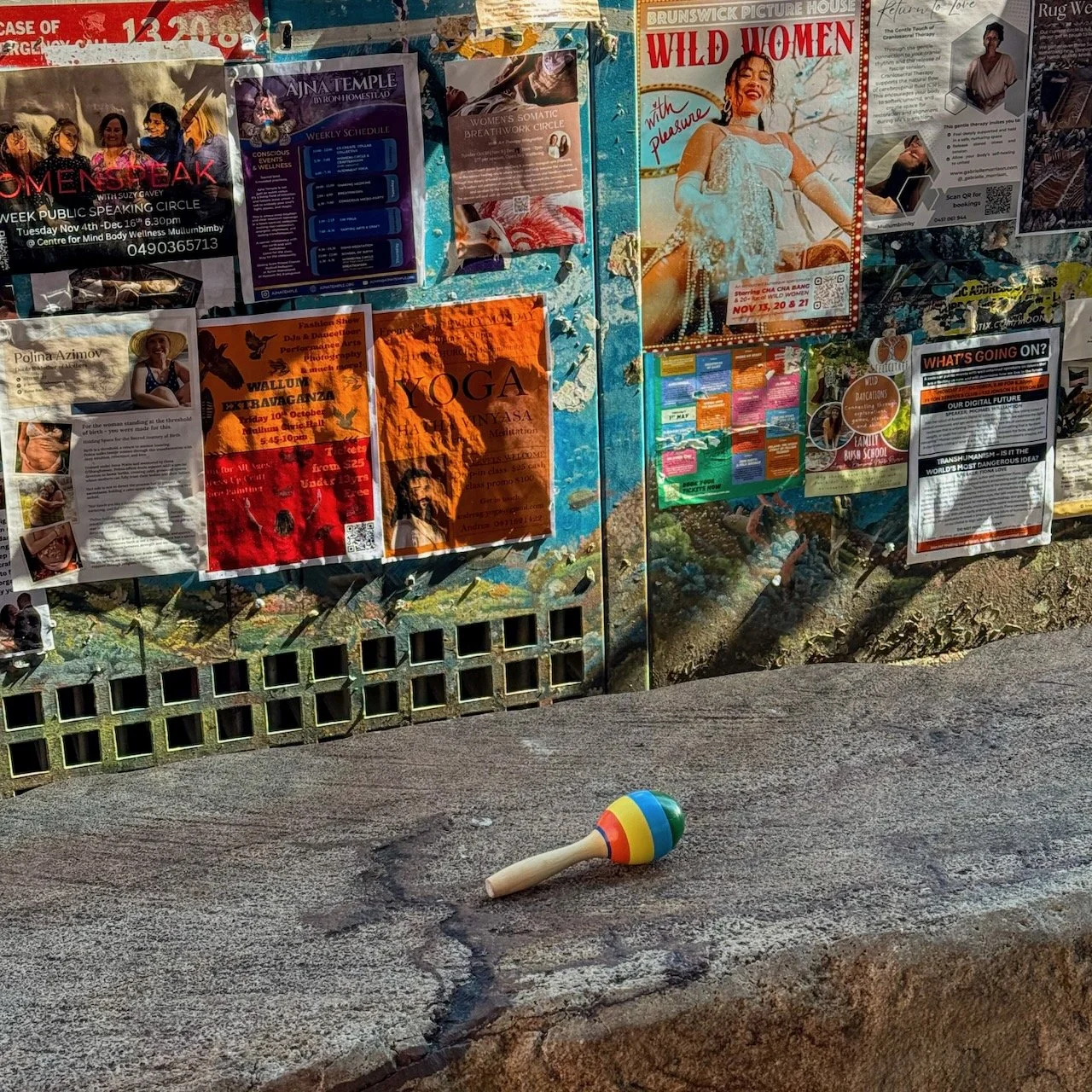

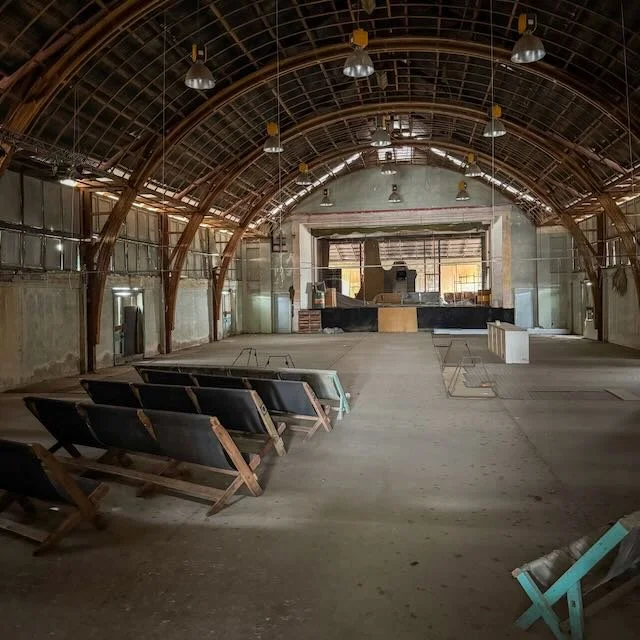


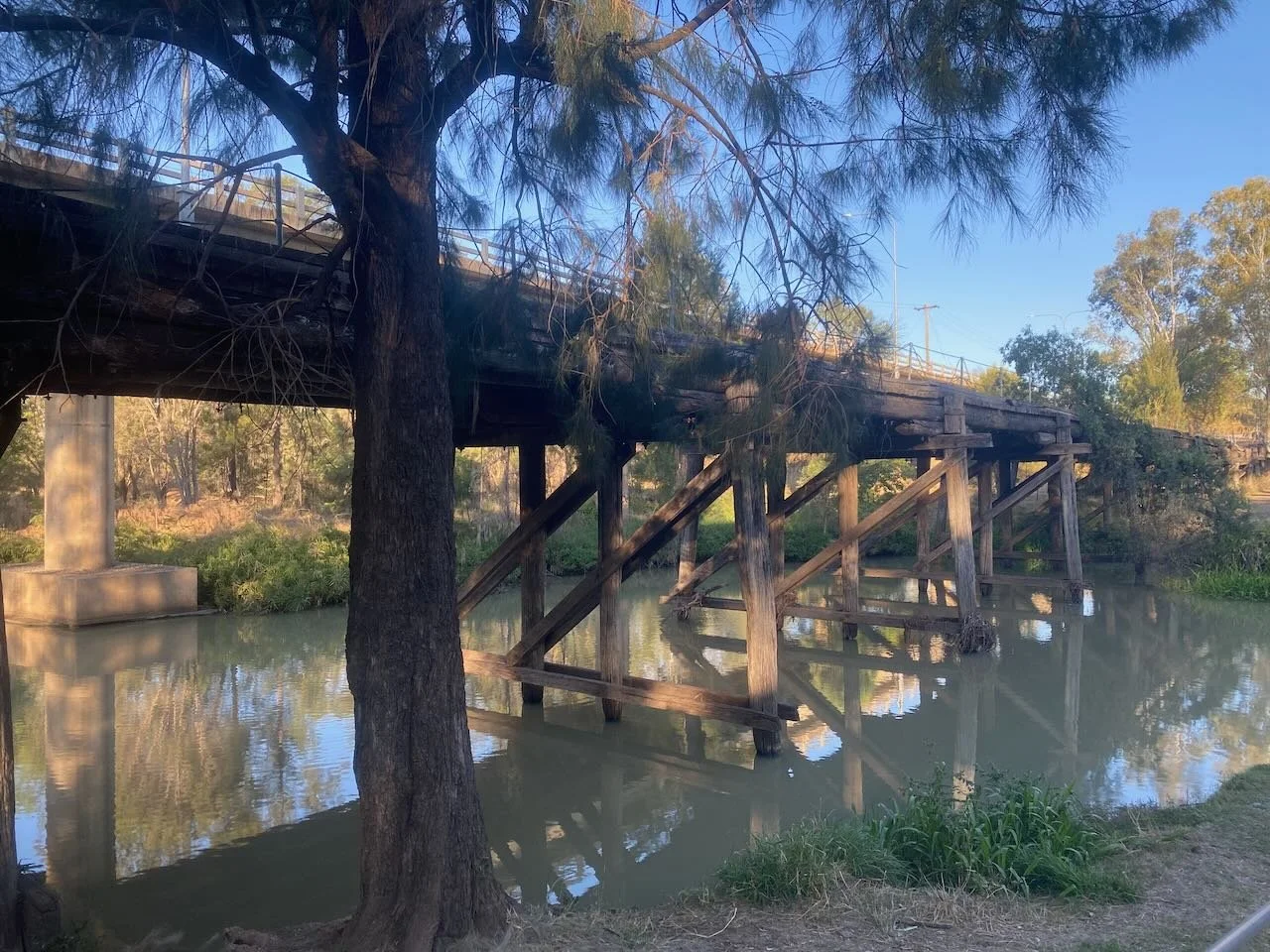
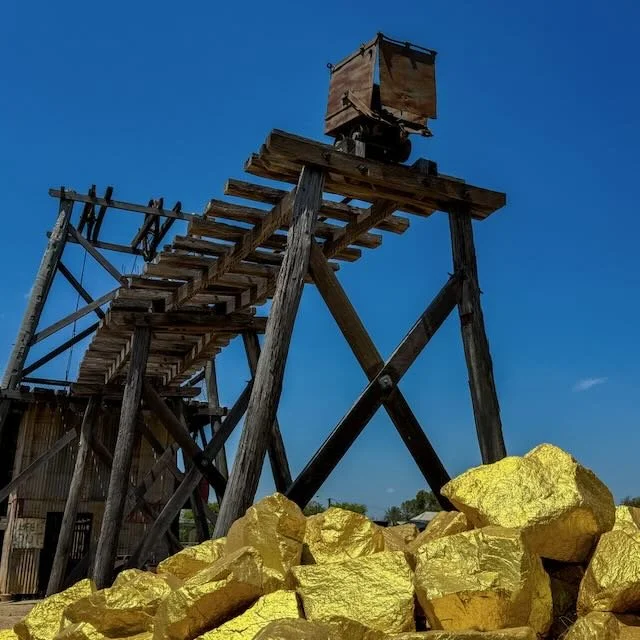








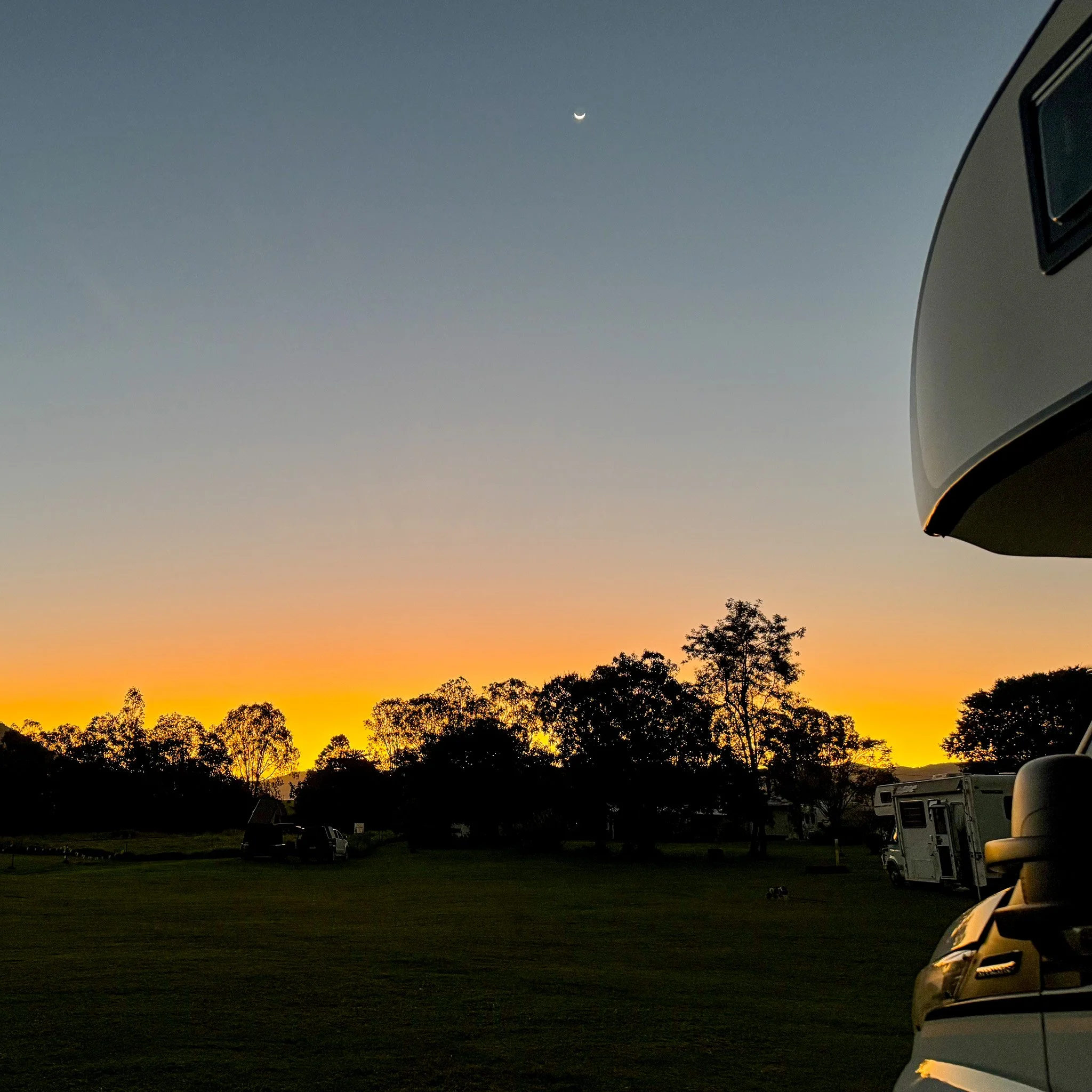

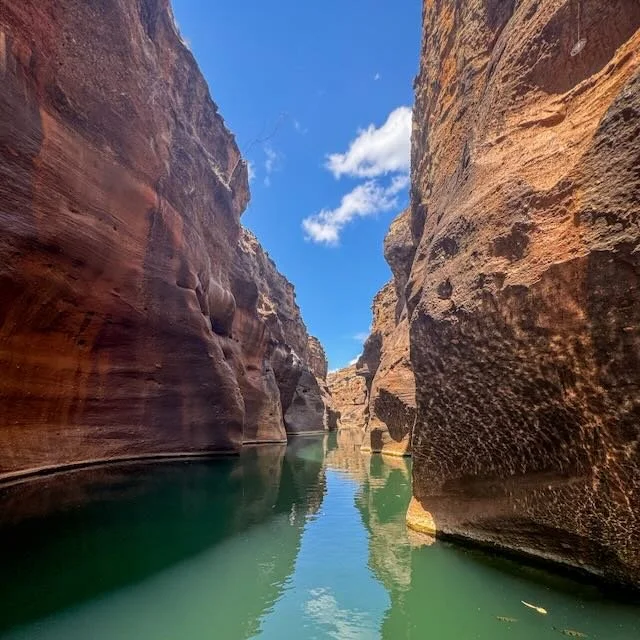

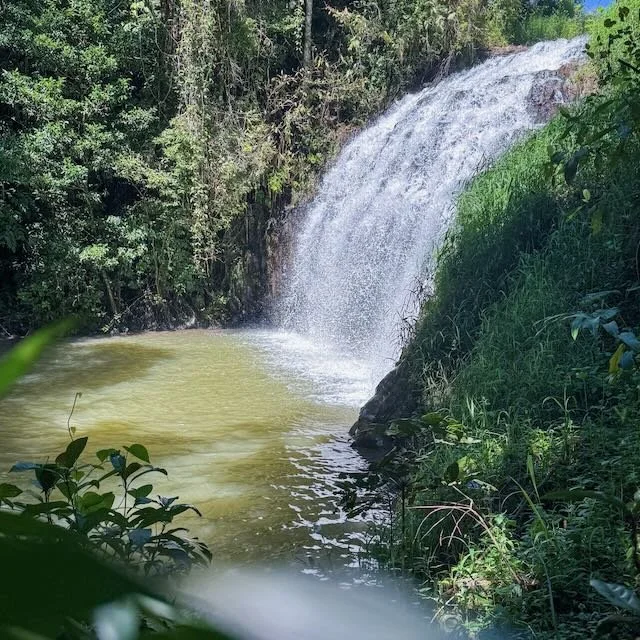
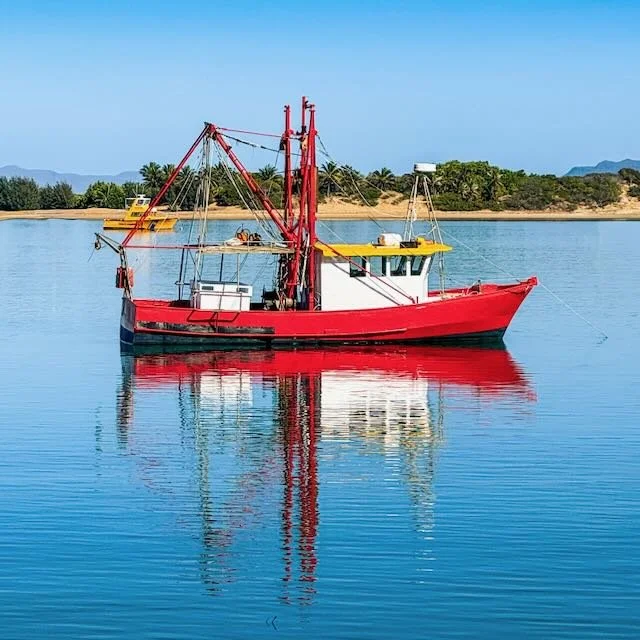
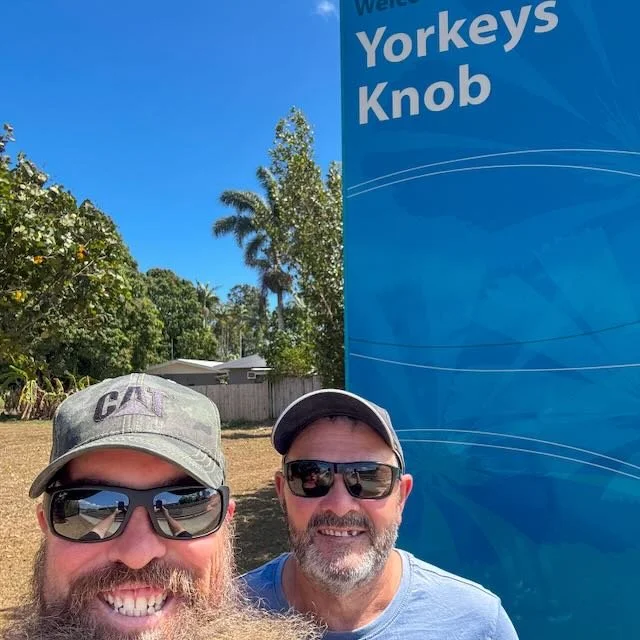
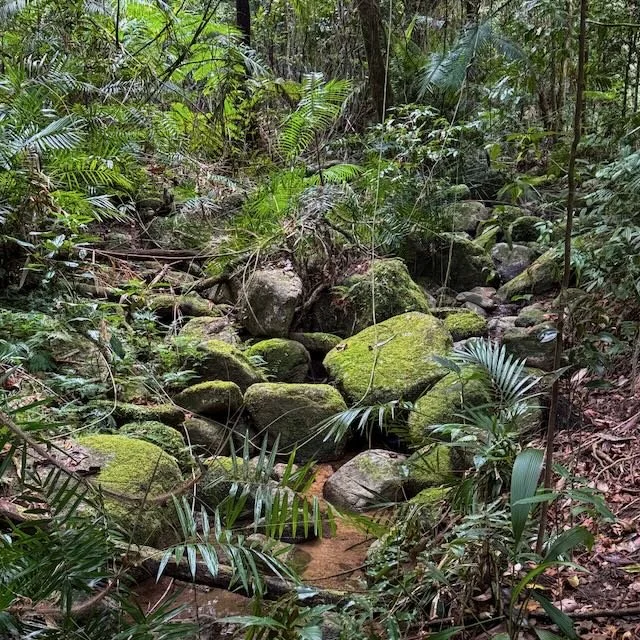
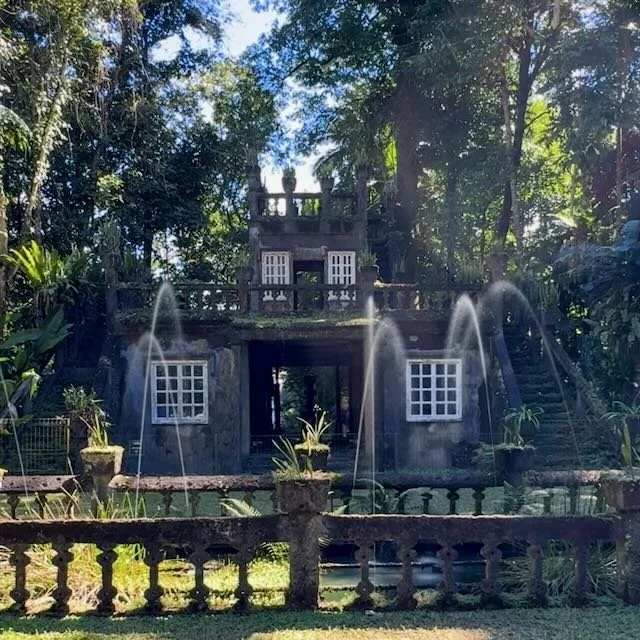



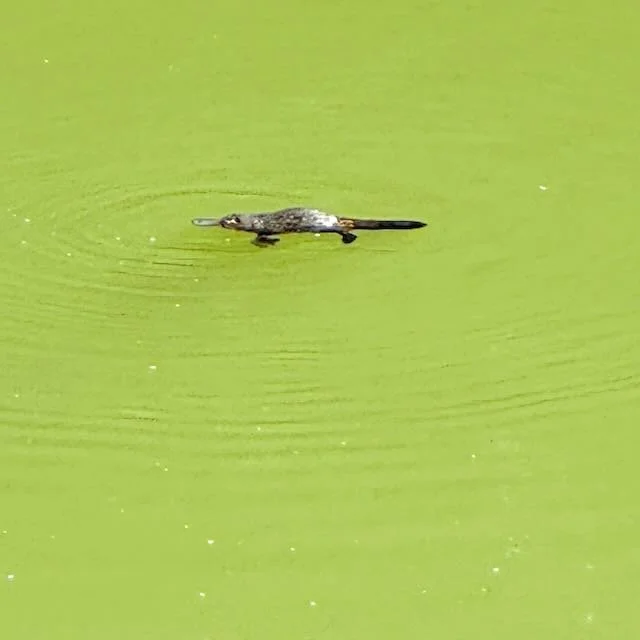

Everyone has a list of towns to avoid. We’ve got one too, except we went anyway. From Alice Springs to Port Augusta, these “tough” towns prove reputation isn’t always reality.